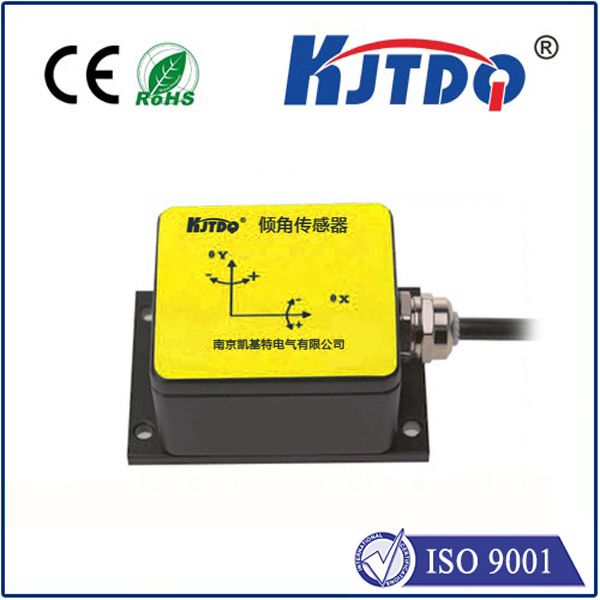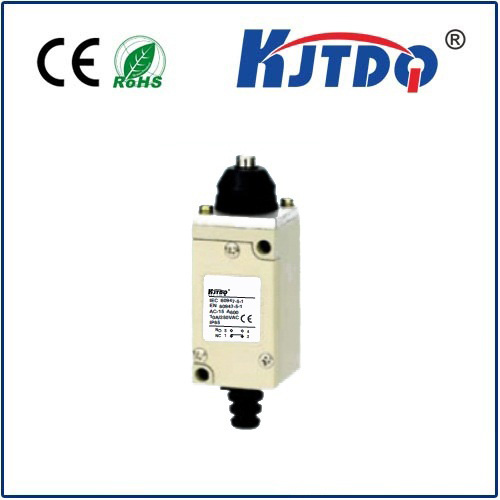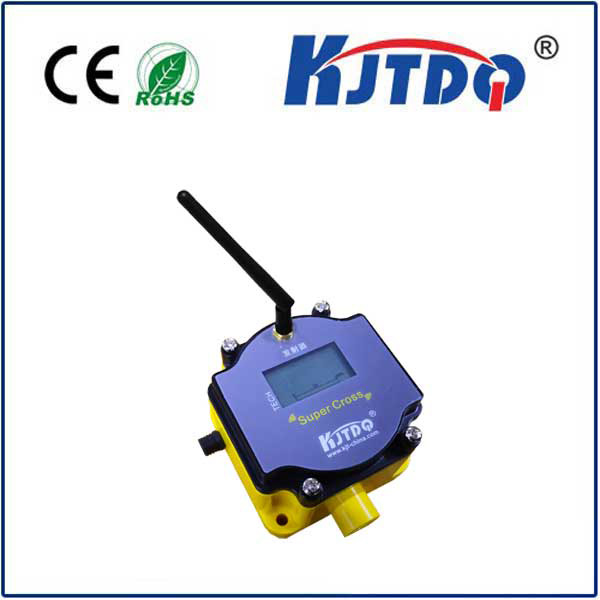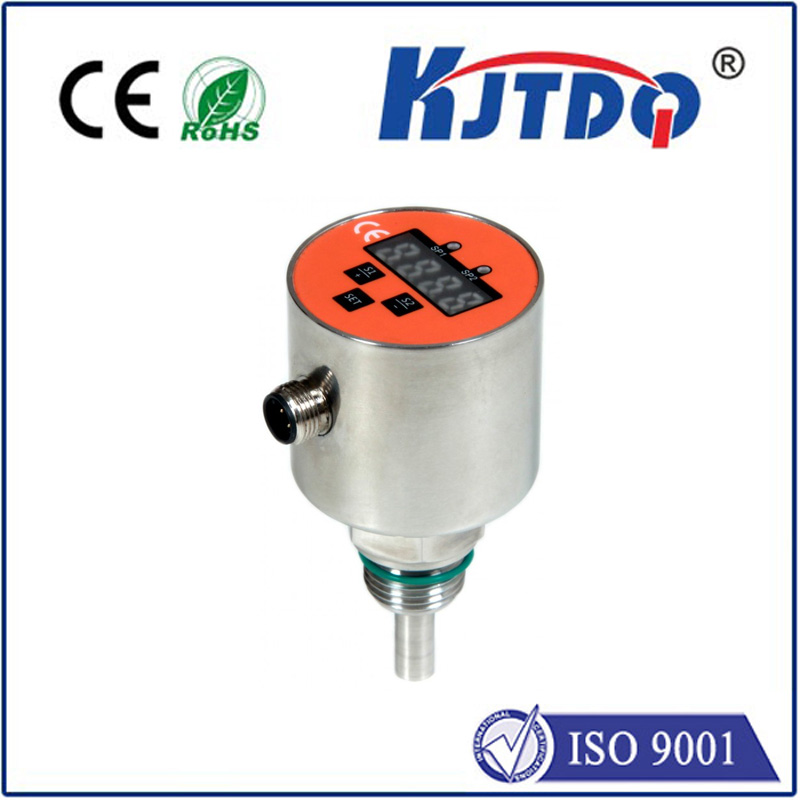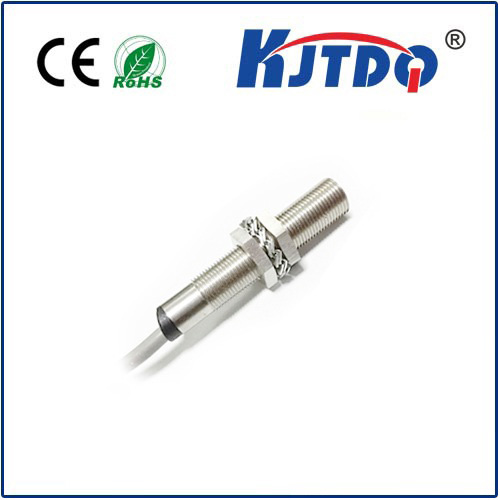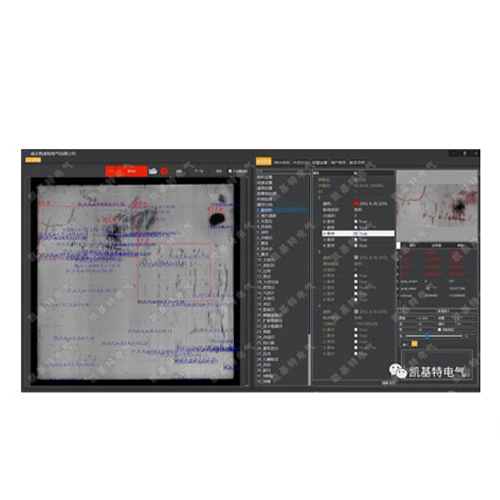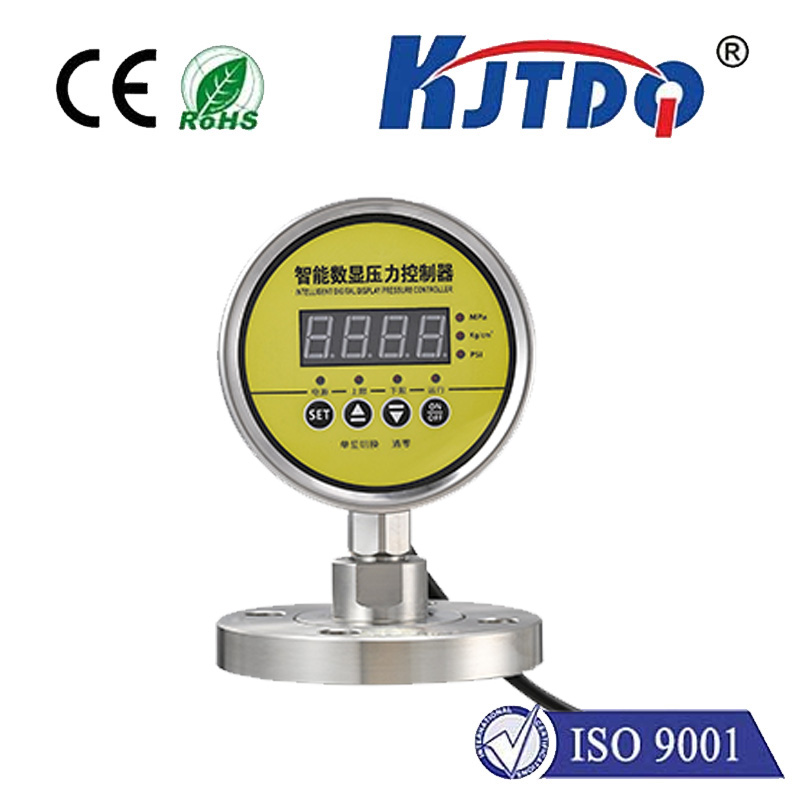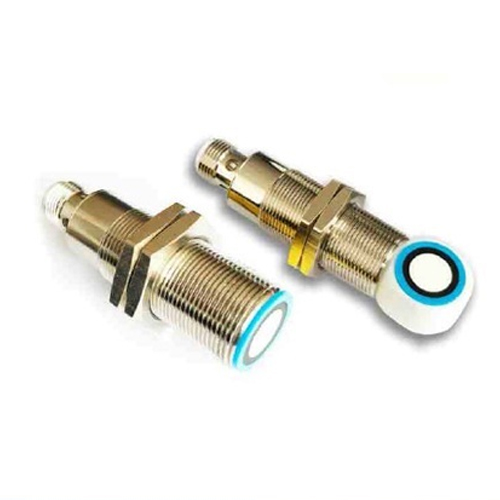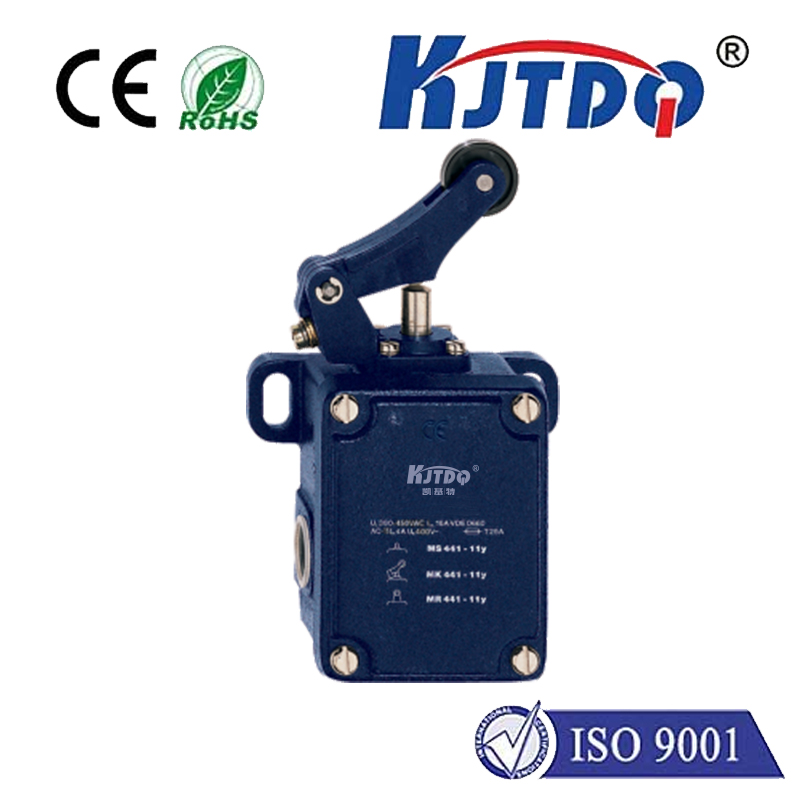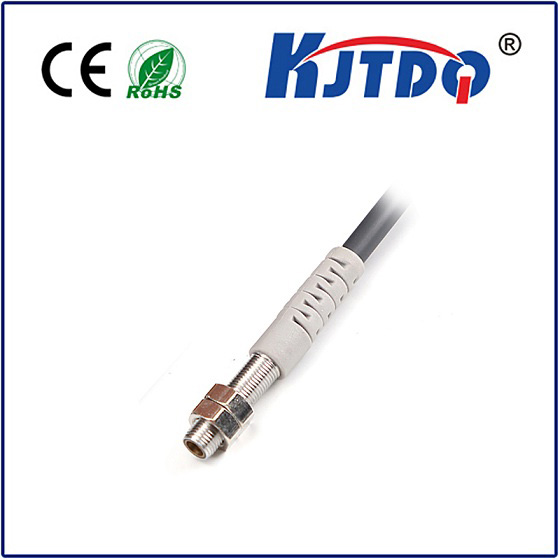E3FB-BN11 2M 5v photoelectric sensor
- time:2025-10-09 09:14:47
- Click:0
E3FB-BN11 2M 5V Photoelectric Sensor: Compact Powerhouse for Precision Automation
In the relentless pursuit of efficiency and accuracy within modern industrial automation, the humble photoelectric sensor remains an indispensable sentinel. Often tasked with critical detection, counting, and positioning functions, the right sensor choice directly impacts system reliability. Enter the E3FB-BN11 2M 5V Photoelectric Sensor from Omron – a model specifically engineered to deliver robust performance in confined spaces and low-voltage environments, offering a reliable 2-meter sensing range powered by just 5V DC. This combination makes it a standout solution for unique design challenges.
Understanding the Photoelectric Foundation
Before diving into the specifics of the E3FB-BN11, revisiting the core principle is helpful. Photoelectric sensors operate by emitting a beam of light (visible red or infrared) and detecting changes in the received light. Depending on the detection method:
- Through-beam (Opposed Mode): Uses a separate emitter and receiver. Detection occurs when an object interrupts the beam.
- Retro-reflective: Emitter and receiver are in one unit, relying on a reflector. Detection occurs when an object blocks the beam returning from the reflector.
- Diffuse-reflective: Emitter and receiver are in one unit. Detection relies on light reflecting off the target object itself. The E3FB-BN11 utilizes this diffuse-reflective mode, making it simpler to install as it only requires mounting a single device.
Decoding the E3FB-BN11 2M 5V Specification
The model designation itself reveals crucial information:

- E3FB: Indicates Omron’s E3F series of miniature, cylindrical photoelectric sensors designed for space-constrained applications.
- BN11: Specifically denotes the diffuse-reflective model with a built-in amplifier (NPN output) and a M8 2m (approx. 6.6 ft) connectorless pre-wired cable. The “11” suffix often relates to the sensing characteristics and output configuration.
- 2M: Clearly specifies the maximum sensing distance of 2 meters (approximately 6.6 feet) for its diffuse-reflective operation. This is a significant range for a compact sensor in its class.
- 5V: This is arguably its most distinctive feature. Unlike the vast majority of industrial photoelectric sensors that operate on 24V DC, the E3FB-BN11 is designed for 5V DC power supply. This is critical for integration with specific types of circuitry and devices.
Why 5V DC Operation is a Game-Changer
The 5V DC requirement sets the E3FB-BN11 apart and defines its ideal use cases:
- Microcontroller & Embedded Systems Integration: It seamlessly interfaces directly with 5V logic found on popular microcontrollers (Arduino, Raspberry Pi, PIC, AVR), PLCs with 5V input cards, and custom embedded control boards. This eliminates the need for level-shifting circuits or relays, simplifying design and reducing component count.
- Battery-Powered & Portable Equipment: Applications demanding low power consumption, such as portable diagnostic tools, mobile robotics, or battery-operated conveyors, benefit immensely. A 5V sensor significantly reduces the power burden compared to standard 24V sensors.
- Low-Voltage Environments: Within specific cabinet designs, control panels, or laboratory equipment where only low-voltage (e.g., USB-powered or regulated 5V rails) is available or safe, the E3FB-BN11 provides a direct sensing solution.
- Simplified Power Supply Needs: Projects or devices already utilizing a 5V power rail can integrate this sensor directly without requiring an additional 24V power supply unit.
Key Features and Performance Highlights
Beyond its voltage and range, the E3FB-BN11 packs impressive capabilities into its miniature M12 cylindrical housing (approximately 12mm diameter x 31.5mm length):
- Compact Size: Its miniature footprint allows installation in extremely tight spaces where larger sensors simply won’t fit – inside machinery, on small assemblies, or densely packed control panels.
- Reliable 2M Diffuse Sensing: The effective 2-meter range for diffuse detection provides flexibility in positioning, suitable for detecting medium to large objects reliably within that distance.
- NPN Output: The NPN (sourcing) output configuration is standard for many control systems. It provides a low signal (connected to 0V) when active (object detected).
- LED Status Indicators: Built-in LEDs clearly show power status (Green) and output activation (Orange), aiding in setup, troubleshooting, and operational monitoring.
- Environmental Resilience: While compact, it offers IP67 protection, making it resistant to dust ingress and capable of withstanding water jets, ensuring reliable operation in challenging industrial settings. It also features robust resistance to ambient light interference.
- Fast Response Time: Typical response times are in the microsecond range, enabling detection of rapidly moving objects on production lines.
- Wide Operating Temperature Range: Capable of functioning reliably in environments from -25°C to +55°C (-13°F to 131°F).
Ideal Applications for the E3FB-BN11
The unique blend of compact size, 5V operation, and decent range opens doors to diverse applications:
- Embedded System Object Detection: Detecting parts, flags, or positions within custom machines or devices built around microcontroller platforms.
- Small-Scale Automation & Robotics: Used in collaborative robots (cobots), small assembly arms, or desktop automation equipment where space and low-voltage power are constraints. Detecting gripper presence, part arrival, or end-of-stroke.
- Printing & Packaging Machinery: Monitoring paper paths, detecting label presence, verifying box flaps, or counting items on low-voltage auxiliary systems.
- Medical Device Manufacturing: Ideal for precision sensing within clean rooms or small diagnostic equipment running on low-voltage power.
- Electronic Assembly & Test Equipment: Verifying component placement, PCB presence in test fixtures, or door/interlock status.
- Educational & Prototyping: A favorite for university labs, makerspaces, and R&D departments due to its easy 5V interface with common development boards.
- Material Handling: Detecting small packages or objects on miniature conveyors within kiosks or specialized material handling systems.
Installation and Best Practices
Maximizing the performance of your E3FB-BN11 involves careful consideration:
- Power Supply: Ensure a stable, regulated 5V DC ±10% power source. Observe correct polarity (Brown wire: +5V, Blue wire: 0V).
- Output Load: The NPN output (Black wire) typically drives PLC inputs, microcontroller pins, or relays. Confirm your load current doesn’t exceed the sensor’s specified rating (usually around 100mA).
- Background & Target: As a diffuse sensor, performance is influenced by target color, size, texture, and background. Dark, matte, or small targets reflect less light, reducing the effective sensing distance. Ensure the background beyond the target is sufficiently distant and non-reflective to prevent false triggers.
- Mounting: Secure the sensor body firmly. Utilize its M12 thread. Angle the sensor slightly if necessary to maximize the light reflected from the target back to the receiver. Avoid mounting near strong ambient light sources directly facing the lens.
Conclusion: Precision Sensing Where Space and Voltage Are Limited
The E3FB-BN11 2M 5V Photoelectric Sensor stands as a testament to purposeful engineering. By combining the reliable












